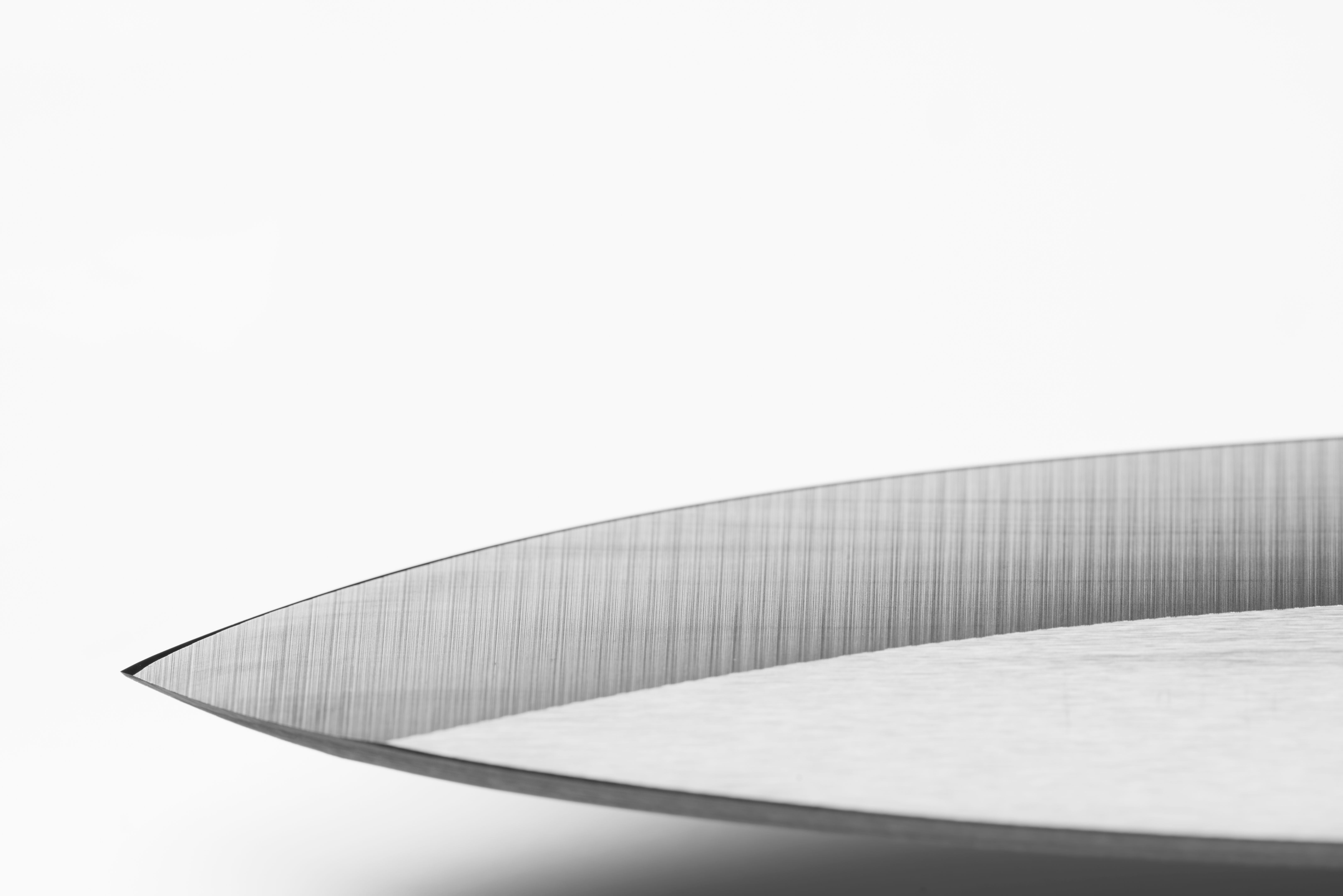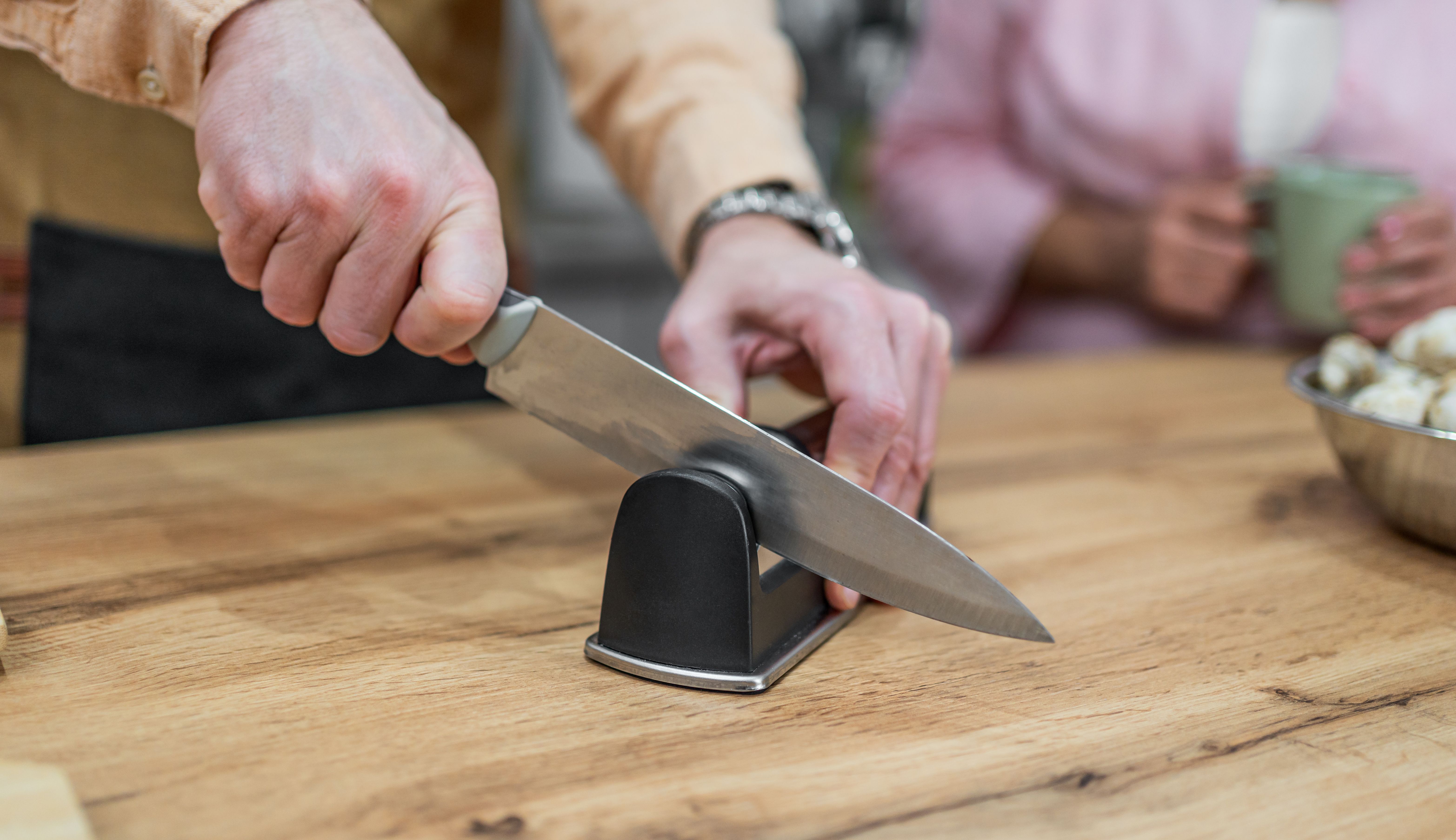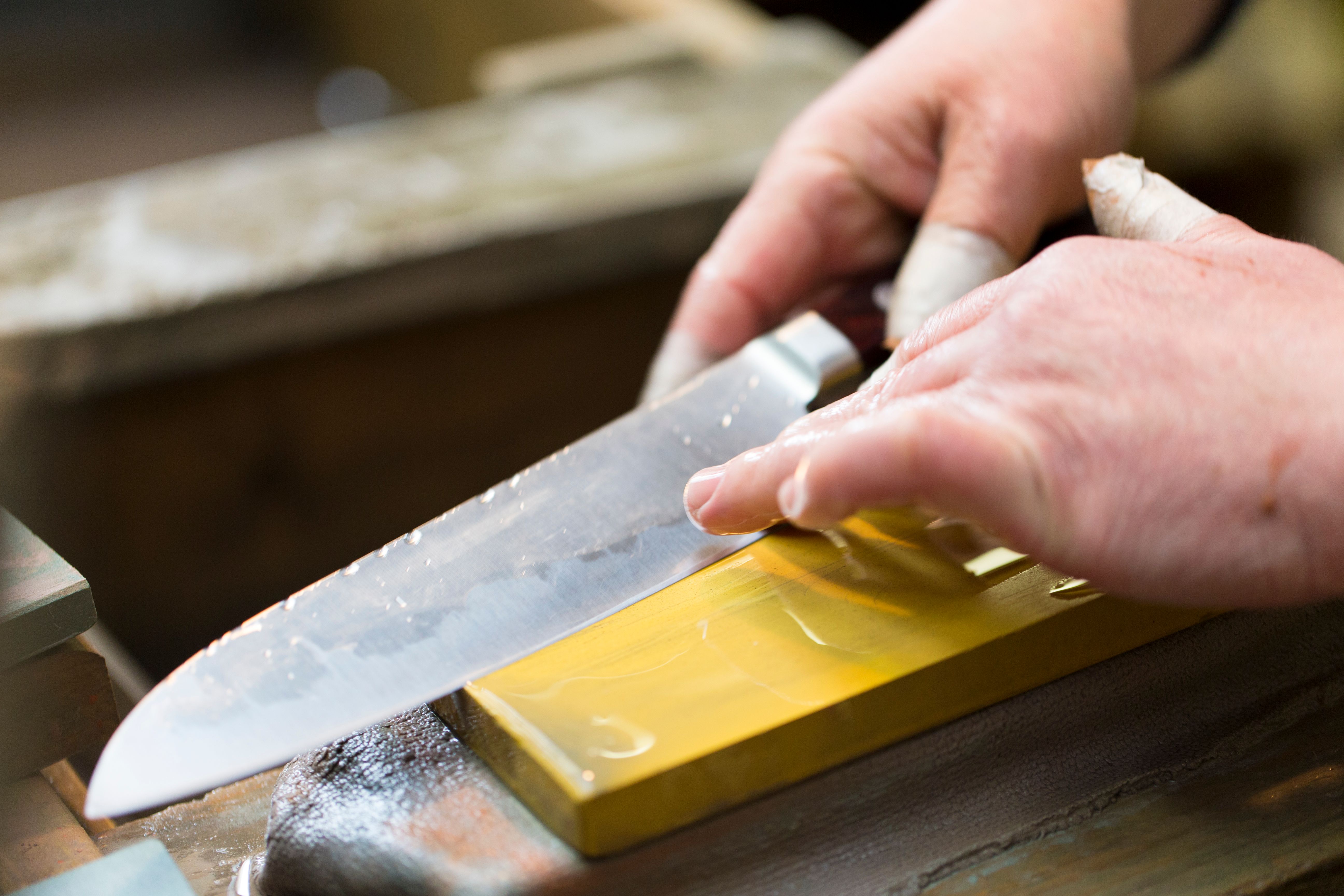Keeping Your Blades Razor-Sharp: A Guide to Knife Sharpeners
The Importance of Keeping Your Knives Sharp
Whether you're a professional chef or a home cook, the sharpness of your knives can greatly influence your culinary experience. A dull knife not only makes food preparation more difficult but can also be dangerous as it requires more force to cut, increasing the risk of slipping and injuring yourself. Therefore, maintaining razor-sharp blades is essential for both safety and efficiency in the kitchen.

Investing in a high-quality knife sharpener is the first step in ensuring your blades remain in optimal condition. With numerous options on the market, finding the right sharpener can be overwhelming. This guide will help you navigate through the different types of sharpeners available and how to use them effectively.
Types of Knife Sharpeners
Manual Sharpeners
Manual sharpeners are a popular choice for many due to their affordability and ease of use. They typically feature two slots: one for coarse sharpening and one for fine honing. Simply draw the blade through the slots a few times, and your knife will be ready to use. Manual sharpeners are perfect for those who want a quick, no-fuss sharpening solution.
Electric Sharpeners
For those who prefer a more automated approach, electric sharpeners offer convenience and speed. These devices use rotating abrasive wheels to sharpen the blade, making them ideal for people who regularly use their knives and need a fast sharpening solution. Keep in mind that electric sharpeners can remove more metal from your knife than manual options, so use them sparingly.

Whetstones
Whetstones, or sharpening stones, are favored by professionals and enthusiasts who seek precision. They require more skill and patience but offer unparalleled control over the sharpening process. By adjusting the angle and pressure, you can achieve the perfect edge tailored to your specific needs. Whetstones come in various grits, ranging from coarse to ultra-fine, allowing for both sharpening and polishing.
Choosing the Right Sharpener
Selecting the right sharpener depends on your specific needs and level of experience. If you're looking for simplicity, a manual sharpener is an excellent choice. For those who value speed and convenience, an electric sharpener is ideal. However, if you're willing to invest time in mastering a skill, whetstones provide exceptional results.

Tips for Effective Knife Sharpening
- Always maintain a consistent angle while sharpening to ensure even edge formation.
- Start with coarse grit to reshape the edge and finish with finer grit for polishing.
- Regularly clean your sharpener to prevent metal filings from clogging the abrasive surfaces.
- Remember to hone your knives frequently to maintain their sharpness between sharpening sessions.
By incorporating these tips into your routine, you'll keep your blades in top condition, ensuring they remain a reliable tool in your kitchen endeavors.
The Benefits of Sharp Knives
Sharp knives make precise cuts, reducing food waste and enhancing presentation. They're also safer to use, as they require less force, minimizing the risk of accidents. Additionally, sharp knives preserve the integrity of ingredients by cutting through fibers cleanly, resulting in better texture and flavor in your dishes.
Maintaining razor-sharp blades is not just about convenience; it's about elevating your cooking experience. With the right tools and techniques, you can ensure that your knives perform at their best, making every chop, slice, and dice an effortless pleasure.
Commercial Kitchen Marketplace
Your one-stop online destination for equipping professional kitchens. Discover a wide selection of durable, high-quality commercial-grade appliances, from heavy-duty ovens and refrigeration units to efficient food preparation tools and essential kitchenware. Visit our store: http://avice.org
